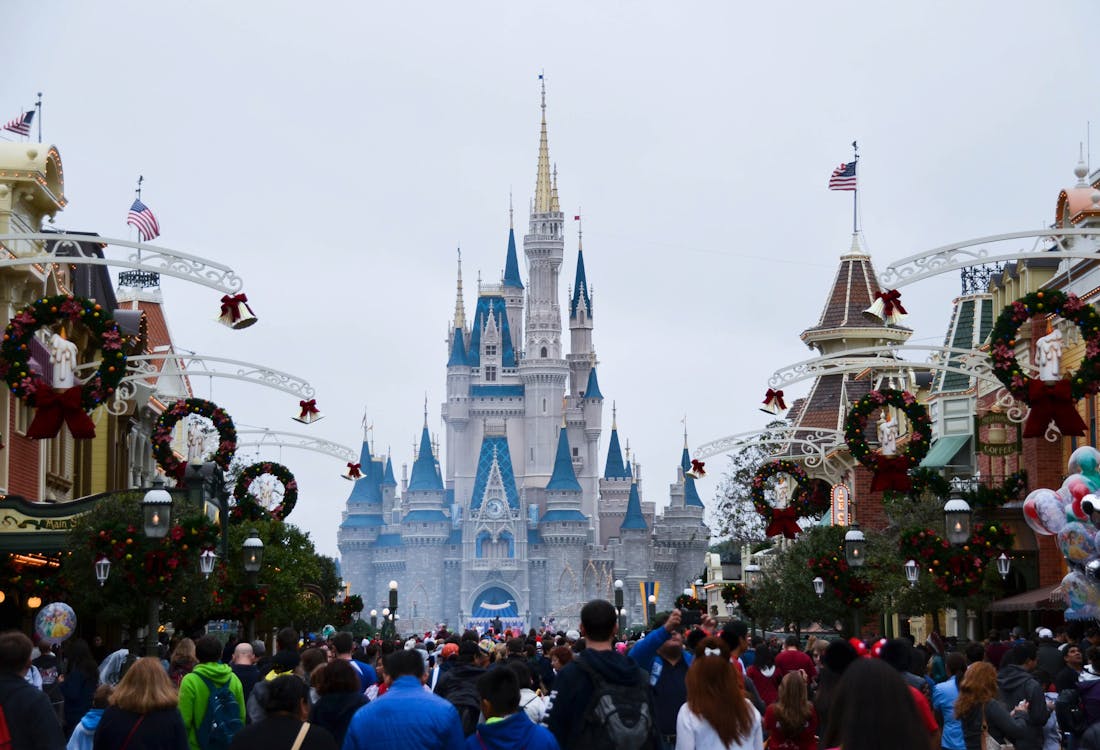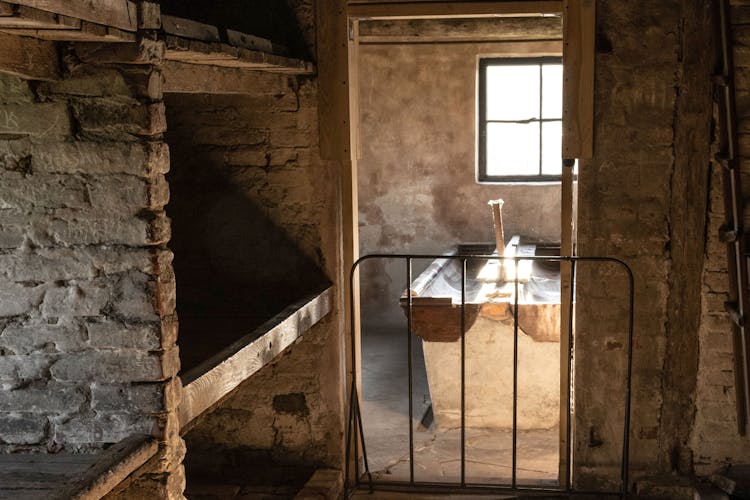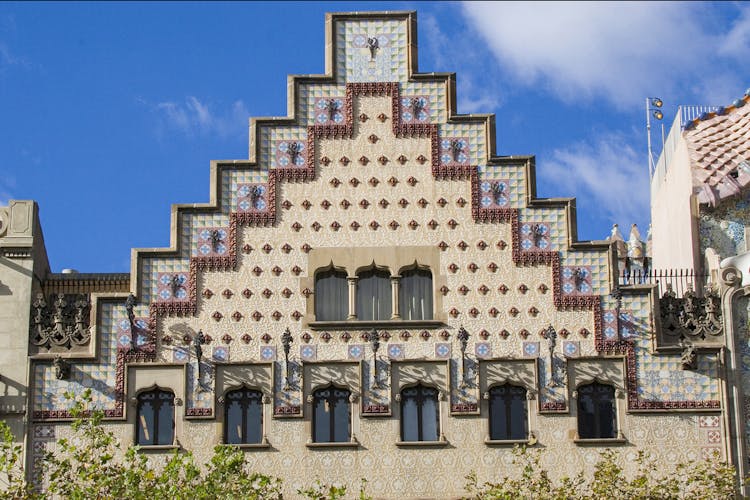Walking into the gates of Auschwitz, you are met with a deep silence. The large brick buildings around you stand quiet now, but they are powerful reminders of the terrible events that happened here. Yes, this is the same place where over one million lives were lost during the Holocaust.
If you're getting ready to visit the Auschwitz Concentration Camp, this guide will tell you what to expect and help you prepare for the experience.
What is the Auschwitz Concentration Camp?

The Auschwitz Concentration Camp was a complex of over 40 camps, including Auschwitz I, Auschwitz II-Birkenau, and Auschwitz III-Monowitz. Birkenau housed the largest gas chambers and crematoria, where over 1.1 million people, mostly Jews, were systematically murdered. On your tour, you can walk through the haunting barracks, see the rail lines that brought prisoners to their final destination, and stand before the chilling gas chambers. Many films, such as "Schindler's List" and "The Pianist," have immortalized the horrors of Auschwitz.
A guided tour is highly recommended to fully understand the history and significance of this place. Knowledgeable guides will walk you through its history and answer any questions you may have. Be prepared to spend a full day exploring the grounds, as there is much to see and process.
Inside Auschwitz-Birkenau Camp
Entrance and Auschwitz I
The entrance to Auschwitz I is marked by the chilling "Arbeit Macht Frei" sign, which translates to "Work Sets You Free". This camp, originally a Polish military barracks, was converted into a concentration camp by the Nazis. It's now a museum dedicated to the memory of those who suffered here.
1Auschwitz Block 11
Block 11 was known as the "Death Block" where prisoners were starved, and executed in the basement cells. The "Black Wall" was the site of mass executions by the firing squad.

2The Execution Wall
At the Execution Wall, countless individuals faced their final moments. This poignant spot is a somber area for reflection on the value of human life. Visitors often leave tributes or light candles in honor of those who perished.

3Exhibition Halls
The barracks have been transformed into galleries that exhibit the chilling array of belongings taken from prisoners—shoes, spectacles, luggage, and even locks of hair—providing a stark glimpse into the lives that were mercilessly cut short.

Auschwitz II-Birkenau
A short drive from Auschwitz I is Birkenau, the largest part of the Auschwitz complex. Birkenau, significantly larger than Auschwitz I, served primarily as an extermination camp. Here, the infamous train tracks end at what is now the International Monument to the Victims of Auschwitz.
1Auschwitz Block 4
As you step into Block 4, you see rows upon rows of Zyklon B canisters, the lethal pesticide used in the gas chambers. If you walk even further, you’ll see piles of human hair that was used for textiles.

2The SS section
The Nazi officers were called Schutzstaffel who were initially a small guard unit known as the Saal-Schutz (SS). They had their own quarters inside the camp. The SS quarters were surrounded by double electric fences and beyond this barrier towards the right was the mansion of the camp’s main officer Rudolf Höss.

3Timber Warehouse
The Timber Warehouse, another site within Auschwitz, was also known as the "Kanada" because of the vast amount of looted possessions stored there. Prisoners were allowed to bring up to 45 kg of belongings with them, which were then confiscated upon arrival.

4Central Camp Baths
The Central Camp Baths were where prisoners underwent delousing procedures under the guise of sanitation. After these procedures, many were sent to work under grueling conditions, or worse, directed towards the gas chambers.

5Remains of Gas Chambers and Crematoria
The remnants of the gas chambers and crematoria at Birkenau are stark evidence of mass murder. They were blown up by the Nazis in an attempt to conceal the evidence of their atrocities just before the liberation of the camp by the Soviet army.

6Barracks
The rows of barracks, many of which are mere remnants, show the living conditions of prisoners. Some of these barracks have exhibitions and displays that provide further insight into life and death in the camp. The barracks' displays also include heart-wrenching personal stories and testimonies of survivors and victims.

7Memorial Site
At the end of the camp, there is a memorial site, with plaques in various languages, commemorating the victims. This area provides a space for quiet reflection and to pay respects.

Recommended tours of Auschwitz-Birkenau Concentration Camp


